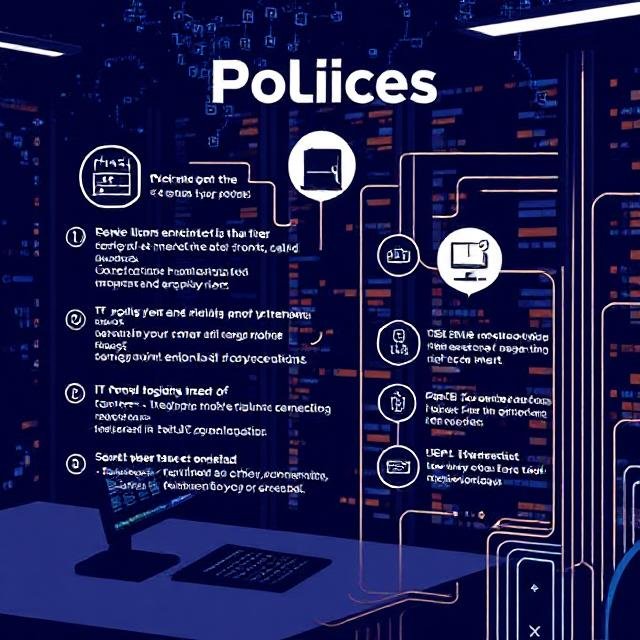Common Pitfalls Companies Face in the Digital Workplace

Common Pitfalls Companies Face in the Digital Workplace
The global pandemic forced businesses everywhere to rethink how they operate. The traditional office setup no longer worked for everyone, and companies had to adapt quickly to remote work models.
At the height of the crisis, around 70% of full-time employees were working from home. Even as things settle down, remote work remains a key part of modern employment — with 92% of surveyed workers expecting to continue working remotely at least one day a week.
This shift pushed organizations to update their tools, policies, and workflows. Many turned to cloud-based platforms to support hybrid teams. While this change brought many benefits like cost savings, better work-life balance, improved morale, and increased flexibility, it also introduced new risks.
Some of the main challenges include:
- Security threats to networks and devices
- Employees feeling isolated or left out
- Poor communication between team members
- Difficulty measuring employee performance
- A higher risk of data breaches — in fact, 20% of organizations reported leaks due to remote work
Making the digital transition successfully takes time, effort, and often the help of experienced IT professionals to avoid expensive errors.
Here are some of the most common mistakes companies make when building a digital workplace (based on insights from IGLOO’s State of the Digital Workplace report):
1. Disorganized Cloud File Systems
When files are scattered across poorly structured folders, people waste time trying to find what they need. In fact, 51% of employees have avoided sharing a file simply because they couldn’t locate it easily.
To improve access:
- Keep folder structures simple (no more than 2–3 levels deep)
- Use consistent naming conventions
- Avoid creating folders with fewer than 10 files
- Clean up old files monthly
2. Excluding Remote Workers From Key Conversations
Remote employees often feel out of the loop when decisions are made during in-person meetings. Nearly 60% of remote workers admit missing important updates because discussions happened offline first.
Leaders need to create an inclusive culture where all team members — whether onsite or remote — stay informed and involved.
3. Ignoring Unauthorized App Usage
Before the pandemic, “Shadow IT” — the use of unapproved apps — was already a concern. With more employees working from home, especially on personal devices, this issue has grown.
More than half of employees use unauthorized tools regularly, which can lead to:
- Data leaks through insecure apps
- Compliance issues
- Duplicate app costs
- Loss of company data if someone leaves
Companies must set clear IT policies and monitor app usage to protect sensitive information.
4. Underestimating Where Remote Work Happens
Remote work doesn’t always mean working from home. People might be logging in from coffee shops, airports, or friends’ houses — often using public Wi-Fi.
These open networks are easy targets for hackers who can intercept data. To prevent attacks like “man-in-the-middle” breaches, companies should provide remote employees with secure business VPNs that encrypt internet traffic.
5. Choosing the Wrong Communication Tools
Virtual meetings are vital, but they’re often disrupted by technical issues. Around 85% of remote workers say they’ve faced meeting interruptions due to poor technology.
A smooth digital workplace depends on reliable communication tools — like video conferencing, chat platforms, and voice systems. Don’t rush into solutions. Test them out, optimize settings, and equip your team with quality hardware such as headsets and webcams.
If you’re looking to boost collaboration and efficiency in your hybrid workspace, consider scheduling a tech consultation. We can help you build a smarter, safer digital environment tailored to your team’s needs.





